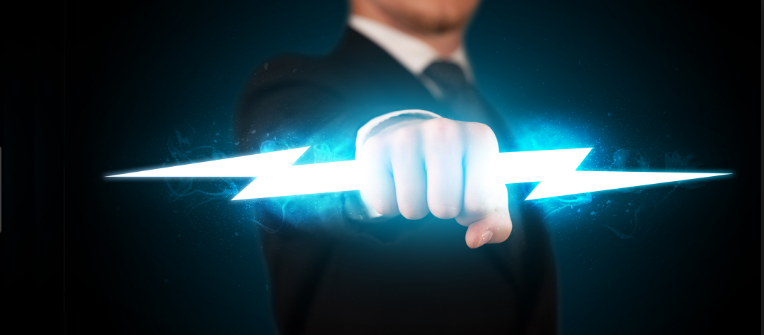About Energy Management and Control
Let’s talk briefly about energy management system and smart energy management and control? Why are they so important? Is there a difference between energy management system and smart energy management and control?
What is energy management system?
Energy management system is a computer system which controls, supervises and optimizes the performance of transmission grid.
The technology is known as SCADA/EMS. EMS does not involve the monitoring and control aspect of energy use. It only applies to generation control and connectivity over the power network.
All energy management systems use real time data to provide system changes.
The real time data used include:
ü Frequency.
ü Tie-line load flow.
ü Actual generation.
ü Plant unit controller
There was need for electronic consumption to be as economical as possible. This is the origin of energy management system. For it to be as economical as was intended all the generating units should be in the same place.
The second requirement is for on and off scheduling of unit generation be done efficiently.
Energy management system also provides monitoring functions which enable manager to make informed decisions regarding power usage.
EMS in Power system
Energy management system is a very important function for efficiency and reliability of power systems. EMS mimics real time control and operation of any power system.
What is smart energy management and control about? This question can be answered in simple words. Being aware of your energy consumption and taking control and managing your energy use. This could be by using eco-friendly equipment or energy saving appliances.
Technology has played a huge role in EM control
The history and Evolution of EMS
In 1960, it was called control center. Its role was to control power generation and load demand. In 1970 it became known as Energy control center. Its main purpose was to control energy and not power. The main purpose was to match the power demand to power usage.
Later in 1990, it became known as energy management system and its purpose was energy management through various techniques such as load management, demand side management and distribution management system
Functions of EMS
- Control functions such as tie line control, load frequency control and real time monitoring.
- Operation control like efficient operator decision making improve quality supply
- Optimization functions such as power scheduling and interchange
- Planning functions and improved reliability and supply quality
Smart energy management and control is one of the best ways to practice EMS. What are some of the practices you have in place to ensure EMS?





